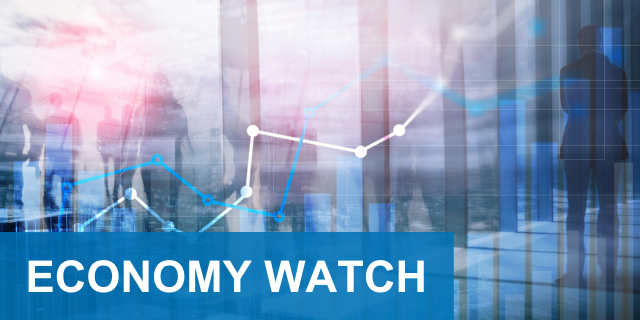Innovation and Intangible Assets Gaining the Competitive Edge in Economic Recovery

-
Authors:
Xiaohui (Janet) Hao, PhD
Charles R. Hulten
Ben Cheng
Kirsten Jaeger
-
Publication Date:
January 26, 2011
Unlike tangible assets that include physical property such as machines, buildings, and equipment, intangible assets such as software and databases, brand equity, human capital , organizational structure, R&D, copyrights, and licenses, cannot be touched or seen and their value is difficult to measure. Yet it is intangible assets that drive innovation and contribute much to a firm’s and a country’s competitive edge. American businesses, for example, invest more in their own intangible assets than in tangible assets, indicating a major shift toward a knowledge based economy. But traditional accounting practices mean that intangible-related assets are viewed as a cost of doing business not as an investment in growth and innovation. Without concrete internal and external data on intangible assets, executives must rely on intuition to make important decisions on intangible investment, while investors find it hard to evaluate the prospective profitability of companies. It is time for a fresh look at how businesses look at these critical assets.
- CREATE AN ACCOUNT SIGN IN
-
Only available to members. Become a member.












